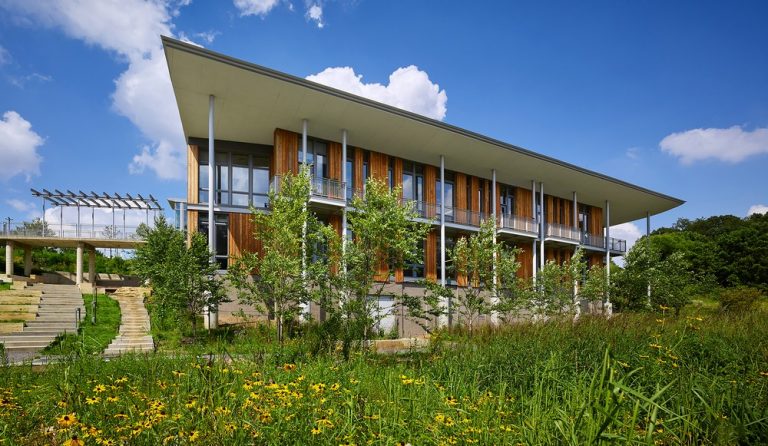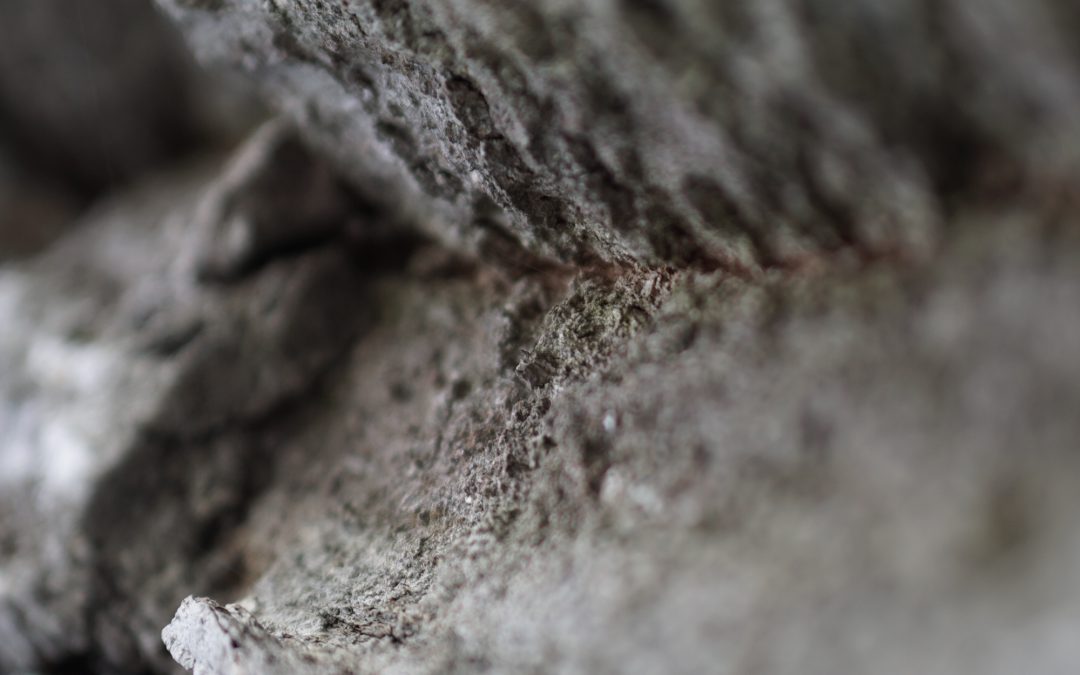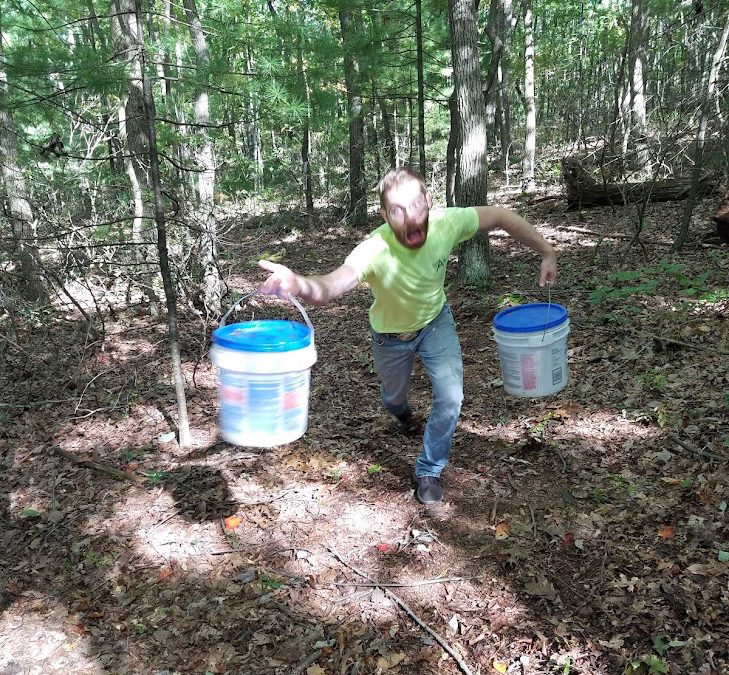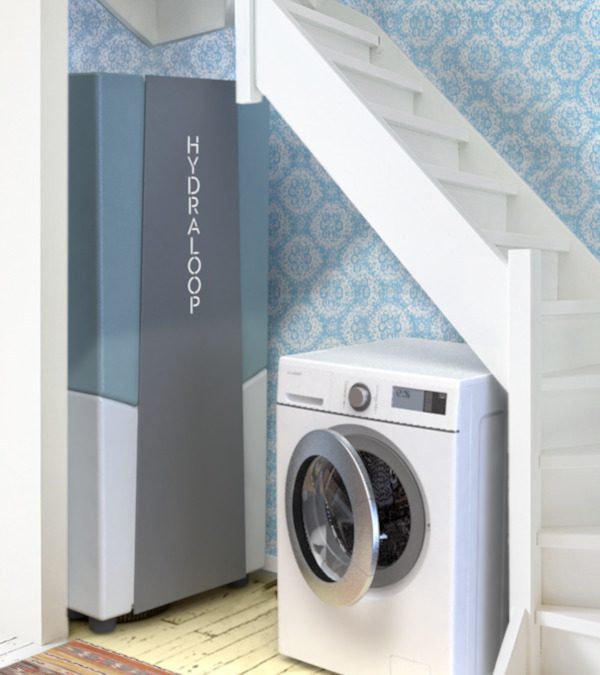
by William | Jan 26, 2022 | Healthy Living
Dear Readers,
I’ll start by being honest: I, myself, am pursuing my Living Future Accreditation (LFA). So, yes, this blog is why individuals like me should be employed by architecture, design, project engineering, and construction teams. Those who are passionate about something would obviously love to spread that passion…and getting paid for it is of course a bonus.
With the admittance that this blog can simultaneously act as a cover letter out of the way, let’s begin.
Why you need an LFA Professional:

by William | Jan 19, 2022 | Healthy Living
Dear Readers,
Welcome, to the Land of the Laurels…in Winter.
The frailty of human life is very much felt when you are cold…very cold. Yet, the Land of the Laurels still feels very much alive. Quieter, yes. But alive and vibrant and hewn to the change of seasons. William and I want to include some of these natural senses into our home. But with thermal comfort…we would like to maintain the thermal comfort…
With the built environment being the current human habitat, biophilic design is a way we can connect with the land we are on, while keeping the snot in our noses from freezing. If any of you remember my DIY moss wall endeavor, then you had a very brief introduction to biophilic design. Using the above “Biophilic Reference Study” of the Land of the Laurels in the winter, we are going to take it a step further. Biophilic design, at its core, is the love of life itself (biophilia), and its interconnected, holistic, incorporation into the human-built environment.

by William | Oct 13, 2021 | Small Footprint
Dear Readers,
Holes were dug. Water was lugged. Our arms are now so sore and tired, we couldn’t even give a hug…
If anyone ever wondered what was involved in a soil and percolation test, that basically sums it up.
Even though we have no intention to install an on-site septic system (like a sand mound), the PA DEP has stated that for us to pursue an experimental permit (and have fun with our compost toileting and greywater reuse) we must first prove that a conventional system can be put in if need be. That means we must pass both a soil and a percolation test.
Soil Test
For those more interested in the technicalities, William and I first had to start with our SEO doing a soil test. If we passed the soil test, the SEO would then proceed to do a percolation test (colloquial term, “perc test”). The point of the soil test is to see if our soil is of a grade and quality that can effectively filter wastewater. The SEO needs to have multiple holes dug down to where “glacial till” can be found (the level in soil most undisturbed, and brought about by the movement of glaciers). These ‘holes’ (‘pits’, or even ‘trenches’ is more like it) had to be dug in an area near our home’s prospective location.
The adventure began with us figuring out how to dig (what I thought was supposed to be) three or four 4-5’ long and 10’ deep trenches for our soil test.
Yes, 10 feet deep trenches…plural…trenches. And what digs 10’ deep trenches? A backhoe. But, backhoes can be big. Very big. With a big footprint on our land and too big to fit through the 5 to 7-ish ft. wide (and 300 foot long…) path we currently have up to our home’s intended location and where this soil test needed to occur. So, what else can dig a 10’ deep trench that can fit through our small path? People.
And thus, with optimism in our hearts, naivety in our young brains, and a ladder standing by…we pulled up our sleeves and dug.

by William | Oct 6, 2021 | Passive House
Dear Readers,
One beautiful Friday at the virtual Sustainability Symposium, William and I learned things. Lots o’ things. We learned concepts, best building practices, and financial motivations! Some of these things included: Transforming communities by retrofitting neglected homes to be energy efficient and healthy….the importance of material circularity for embodied carbon reduction…the necessity of ventilation in every home…and finding resilience in finance by aligning capital with incentives!!!!
Whoop whoop! What a Friday that was….
To consolidate all of those things into one key “what I learned” takeaway is super hard if you think too much about it. So, I’m not going to think too much about it. Without an overabundance of overcomplicated thought, my key takeaway is simple: The language you use matters. Simple. Yet utterly significant to every single presentation I attended that day.
If you want to convince a city council that retrofitting 6,000 dilapidating homes and buildings into super energy efficient and healthy structures in 4.5 years is not just a good, but a GREAT idea….then the language you use matters.
If you want the inhabitants of energy efficient homes and buildings to use the systems appropriately, while also valuing and understanding the ethos of a home built for net-positive and zero operational and low embodied carbon living…then the language you use matters.
If you want people to give a poop about the air they and their children breathe in their own home…then the language you use matters.
If you want financial institutions to see the value in investing in homes and buildings that are healthy for people and the planet….then the language you use matters.

by William | Sep 8, 2021 | Net Zero
Dear Readers,
William and I have been constantly mentioning the Hydraloop in our blogs and diagrams, but I don’t believe we ever wrote a blog about how it works…
So! Being better late than never…This is that blog, fulfilling that duty we take upon ourselves to explain the mesmeric methods behind all this magnetic madness.
The Hydraloop is about the size of a fridge…so it is rather large. But it needs that space to do the magic that it does! It is designed to clean water from the shower, bath, air conditioning and laundry machine without the use of any filters or chemicals. Instead of using filters to treat this greywater, it uses a combination of sedimentation, floatation, dissolved air floatation, foam fractionation, an aerobic bioreactor, and disinfection of the cleaned water with powerful UV light. Phew…lots of big words that work cohesively to make this thing work. We are going to break ‘em down, don’t worry!





